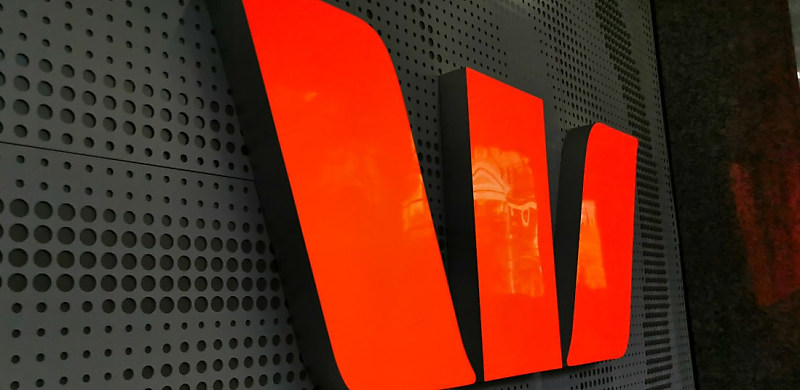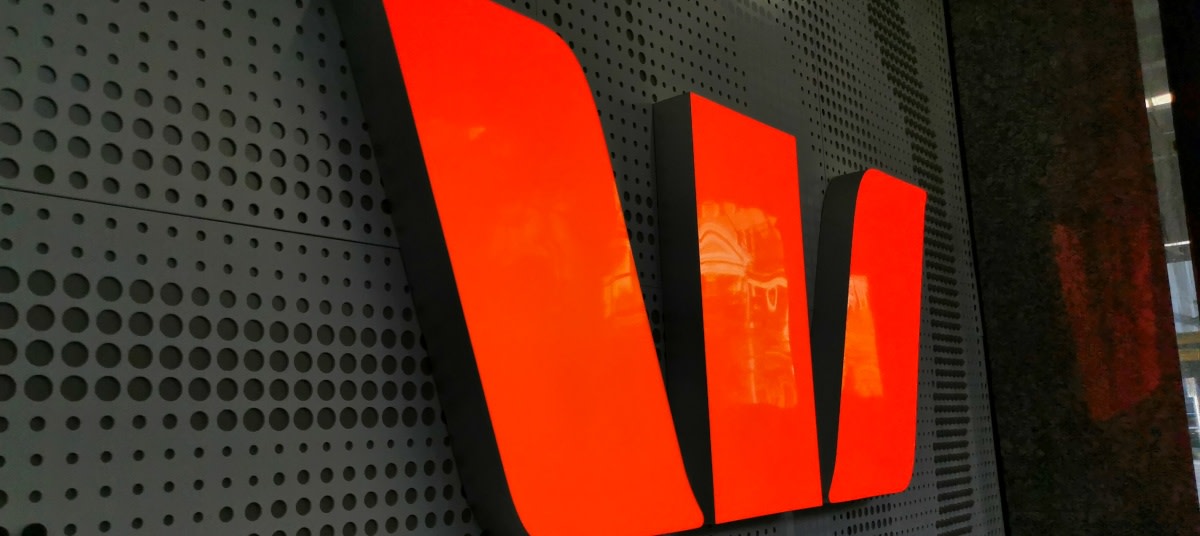
The major has joined the other big four banks in signalling its intention to grow proprietary lending.
Westpac Banking Corporation (Westpac) has outlined plans to grow proprietary lending in a bid to get the “right portfolio mix”.
The major said it was “balancing growth and return” in mortgage lending and was “targeting higher returning” segments and channels.
In spite of that, Westpac reported that the share of mortgages written by its proprietary channel had fallen in its full-year results ending September 2025.
The proprietary channel originated less than a third of new home loan flows over the year (32.6 per cent).
Overall, the proportion of all Australian mortgages on the major bank’s books from the proprietary channel dropped to 45.1 per cent from the proprietary channel at year end, down from 48.2 per cent the year before.
A similar trend was recorded in New Zealand, where the contribution of the proprietary channel dropped to 43.3 per cent of the mortgage portfolio in the financial year 2025, down from 46.2 per cent in September 2024.
Westpac flags proprietary focus
Westpac, along with the other big four banks, is leaning into the more lucrative proprietary lending space following continued growth from the broker channel, which writes a record 77.6 per cent of all new mortgages.
In its investor pack, the major bank singled out growing proprietary lending in its consumer banking arm as an “execution focus” in order to help target higher-returning segments and channels.
It said it was “improving proprietary performance” by:
- Investing in an additional 180 home finance managers.
- Launching a ‘Book a Banker’ program in early 2026.
- Investing in its brand to drive growth.
In September, Westpac also laid out plans to remove around 200 roles in telling and personal banking, while recruiting for home and small business lending by the same number.
Westpac CEO Anthony Miller commented: “With a very strong balance sheet and momentum in our target segments, the opportunity to deliver more for our customers, people and shareholders is exciting.
“We’re focused on relentless execution of our strategy and delivering every day for our customers. We’ve managed margins in a competitive environment and our capital position is strong, providing us with plenty of flexibility as we execute our strategy.”
Loans growing below system
The financial results also revealed that Westpac’s lending grew 6 per cent to $851.9 billion, bolstered by a 14 per cent rise in Australian business lending (to $221.8 billion).
Its home lending increased by 3 per cent, to $525.4 billion, which is below system.
Westpac said this was partly due to the decision to close RAMS to new business.
Excluding this impact, mortgages grew 5 per cent, to $497.0 billion, representing 0.8 times APRA housing system growth.
Almost all new flow was in variable-rate mortgages, with the mix of investor loans increasing throughout the year as part of a targeted strategy.
The results also showed that Australian personal lending was down 4 per cent to $9.0 billion, reflecting subdued new lending, while total loans inched up 3 per cent to $525.4 billion.
Customer deposits grew by 7 per cent to $723.0 billion, supported by growth in household deposits and an increase in business transactions.
In the year, RAMS housing loans plummeted 28 per cent to $21.6 billion as the brand was in runoff. The bank is selling the RAMS mortgage portfolio to a consortium including Pepper Money and global investment firm KKR.
[Related: Westpac sells RAMS portfolio to Pepper consortium]

